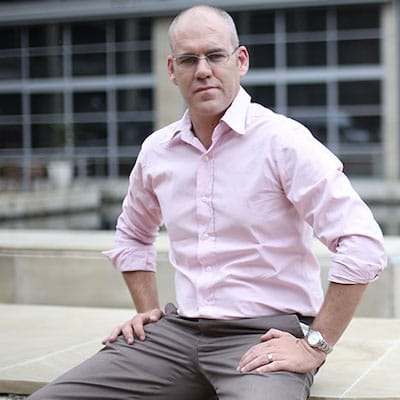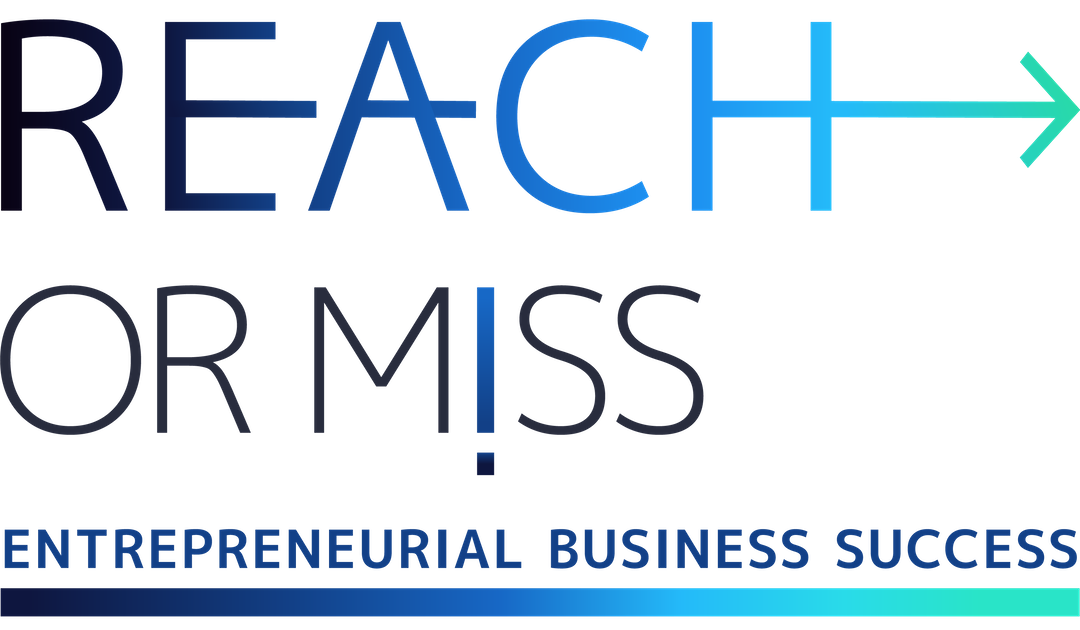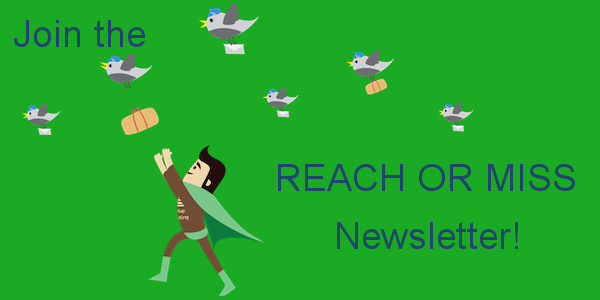Ep. 091 – Brian Mawdsley best advice to entrepre-neurs: any time you’re about to reach out to a potential customer, think to yourself: how is this person hurting?

Brian Mawdsley Show Notes
20+ years in the IT and digital space along with a flair for sales has landed me with the ability to see the technical and the big picture. This is useful as I can now help organizations make the most of the technology that exists to achieve their business goals.
I have created products and solutions for companies and for my own company with a combined revenue achieved through these solutions well over $ 10 million.
I have created, developed and launched the ‘Social Media Formula’, a blueprint methodology that embraces multiple platforms to achieve optimum success online. The SMF along with myinsider website solutions, a no fuss professional website solution for SME’ s is live and ready to help you get online the right way.
Most passionate about
- My company’s name is Inside Man. Before I started my business, my dad ran a small biltong business. He came to me knowing I was in the technology space and he said, “I need a man on the inside.” And that’s where the name came from. In fact, the whole company was built on the idea of making or giving the entrepreneur business owner the impression that we were working on the inside of their company to do the digital elements.
- A couple of years ago, I came across a group of interns who were all basically trying to build little businesses while at University. All of them needed websites. None of them had funding to do the website. And through working with them, we came up with a product that I referred to as ‘The Insider’, which is a low-cost, pay as you go type website that allows them to get a beautifully functional operational, website, a full time support person, for life, managing updates, changing things on the website, whatever needs to be done, at a fixed, affordable monthly fee.
- The idea there was that that element would no longer need to be a headache for the entrepreneur or business owner.
- Then, that led to the next step, obviously, which is marketing. So, what I’ve developed is what I refer to as the social media formula, which runs on a 3, 6, or 9 day cycle.
- It’s not designed to be a campaign type approach, which is extremely high impact over a short period of time. It’s also not designed as maintenance, which is your daily posting and keeping the account alive. It’s more of a hybrid of those two.
- What it does is it starts with a blog article that obviously needs to be posted on the website that we built for the client, and that article needs to primarily be something that is topical and interesting, not necessarily a hard sell. Not necessarily marketing a product or the services of the entrepreneur or business owner, but rather an interesting article that is going to have a much wider reach. In the article, there needs to be what I refer to as a ‘bridging term’.
- One of the points within the article can be a bridge to something that the entrepreneur is trying to market. And that’s where you put your call to action. For the rest of the cycle, the 3, 6, or 9 days, across Instagram, Twitter, Facebook, and Google+, and potentially LinkedIn, there will be posts relating to the article, not the product or call to action, but the article itself to increase brand awareness and traffic to the site.
- The whole point of the cycle is to add value to the end user. To see the entrepreneur as someone who is adding value to their life; and that’s the starting point of the relationship.
Brian’s best advice about approaching customers
- I learned this many years ago in a sales training program that I did as a core center agent. The lesson that I learned was people do things for one of two reasons: pain or pleasure. So, as an entrepreneur, people generally act a lot faster when its pain related. Pleasure can be, at times, delayed, but generally, if you want people to take action, you obviously, find the pain. So, I tell people: any time you’re about to talk to a customer, or reach out to a potential customer, think to yourself: how is this person hurting?
- Everybody knows ‘hurt’. It’s almost an instinctual level feeling. If you can approach people with the mindset of trying to understand how they are hurting, and does your solution alleviate their pain? Because I can tell you now, the biggest challenge we have in today’s world, the economy is such that people are often selling or pushing products or services that the customer doesn’t actually need because they need to make sales, they need to pay bills, they need to survive. The danger with that is, well, there are a lot of problems that come from it, but the very first one is: you effectively burn that bridge. Because the customer will buy now, thinking that your product is doing to help them.
- When it doesn’t that customer is gone! They will very seldom, if ever, come back, and there’s a very good chance that they will actually work against you because if I buy a product in the belief that it is going to solve a problem and it doesn’t, that company that sold it to me is more than likely going to be the topic of conversation when people start talking about bad service or bad quality. And as a result, you really do yourself a disservice. Sometimes, it’s better to not make the sale than to make a bad sale. My advice is: is the customer hurting? Why are they hurting? And; Will my solution stop their pain? If the answer is yes, then go ahead; otherwise, back off.
Biggest failure with a customer
- It all came down to me being sold by a conman. Now, I think that the key thing is that, as an entrepreneur, on your journey, you are going to meet a lot of different people. Many of these people have, I’d almost say, hidden objectives or agendas. I don’t want people to be pessimistic and skeptical of everything, but you need to be very careful. If you partner with someone who does not necessarily have the same vision or has ulterior motives, you run the risk of, potentially, losing everything.
- Probably about a year into my journey, I came across an individual who seemed extremely successful and it looked as if it was a great match. Had I done a little bit more research and looked into things a little bit more thoroughly, I would have seen the fact that I was not the first entrepreneur that he’d approached. I put a lot of eggs in that basket and that basket then went missing. As a result, I almost had to start from zero again.
- Without going into too much detail, I will just say that the partner I’d selected led me down a path that unfortunately caused a lot of pain and as a result I nearly lost the business. The lesson here is: pick your partners carefully. Pick the people that are going to build this empire, this business, which is effectively going to be you life, very carefully. Rather go it alone for a little while longer than just getting in with the first person who comes along because it really could be a bad move.
Biggest success due to the right customer approach
- My very first customer is still with me today. Bearing in mind, when I started my business, I didn’t have any grand plans; my goal was to manage other people’s Twitter accounts; that was what I enjoyed doing and I thought, because I’m good at it, I will do that. That individual, who is still a client of mind, has become a good friend.
- Through the relationship that we’ve built, he has opened up doors to the likes of Barclays Africa, Allen Gray, and I’ve gone on to work on a number of projects based on his recommendation, his referral, and I would say that the success of Barclays Africa and the big campaigns, as much as those were lucrative and great to put on one’s CV, I think my greatest success was always being available for my number one client.
- I know his daughter, he’s come for dinner at my house, met my wife, so there’s a relationship there that goes beyond business and I think as I consider what successes there are out there and greater successes, I think that I’m able to look at this individual and actually refer to him as more than just a customer, he’s a friend. I think that is a success.
Brian’s most recommended tool
- To identify one tool is challenging. I would actually say that the most effective tool is the telephone. However, in terms of a digital or technological tool that has helped me from a business point of view to manage to relationship with my customers, it is in fact, a CRM.
- The reality is that when you start your business and you have 5 clients, you don’t really need a CRM necessarily, because you know them each by name, you have the phone numbers and you can pretty much manage what’s going on. When you have 50 clients, to maintain the relationship with each of them and know what was said in the last conversation, and so on and so forth.
- One needs to make use of a digital platform. Once upon a time this was done in Excel, and eventually it became quite apparent that there are better tools out there. The one I’m using at the moment is called Less Annoying CRM. That’s the actual name! What’s beautiful about it is, it really is not annoying. The Less Annoying CRM is ideal for a growing business. It literally causes $10 per user, per month, so it’s not astronomical, by any means. It gives you the ability to do everything that you need to do in terms of creating leads, pipelines, managing your relationships and integrates quite nicely into Outlook, so you can ensure that all your communications are kept in one place.
- It doesn’t have an app to run on mobile, but that is possibly the only negative that I can think of, and to be honest, I’m on my laptop most of the time, so it’s not that I need an app to run it.
- Also, I think there is another tool that I think is very powerful, but the problem is that it’s also overwhelming, and that is WhatsApp. I have WhatsApp groups with each of my clients; there will be a designer, an operations manager, and myself, the salesperson and any of the client’s team. The trouble is that when you get to 50 groups, your phone is busy, all day, on WhatsApp, and it can become, like I said overwhelming.
Brian’s key success factor
- It’s been said a thousand times, tens of thousands of times, you actually have to do the work. If you want the success you have to work hard. I mean, for the first 2-3 years of my business, I literally was working for 18 hours a day and that was what I did to get off the ground. The key success factor, in my opinion, in this journey of mine is, once I realized I couldn’t work any harder, I realized I needed to work smarter. And, as clichéd as this statement is, the problem is that we are all limited by our personal understanding of our world.
Brian’s Mountain
Since we believe that the best way for entrepreneurs to get a fast, big, and sustainable success is by leading your (new) market category, and the entire entrepreneurial journey reminds me of mountaineering, or conquering the mountain; I want to ask you if there is a mountain you dream of climbing or a mountain you have already climbed.
- I think that I would rather use the marathon version, as I am a runner. The beauty of a marathon and only runners will truly understand this; I’ve done a few half marathons, I’ve never done a full marathon but, once you are fit enough to do a race, you actually get into a zone, where everything is working the way it should be and you just keep going, and it is… I personally find it after about three kilometers, which means for the first three kilometers, almost any excuse to stop, I will. But once I get past that 3rd kilometer, I feel this shift. It’s so apparent that I know it’s happening, and my breathing slows, my pulse slows, and I get into the zone. I think that from a metaphorical point of view, I personally think I’m in that zone at the moment with my business. Now, it’s a matter of pushing to get a personal best on my metaphorical marathon.

The best way to connect with Brian:
Recommended tool:
- Less Annoying CRM – Thousands of small businesses use Less Annoying CRM to manage contacts, track leads, and stay on top of follow-ups. Free customer service makes setup easy.
More resources for Entrepreneurs
- Don’t Miss – Customer Focus Strategy & Execution: Market Analysis for Fundraising
- Hayut Yogev’s Latest post: The three free, most practical steps to researching and locating your market
- Former interview: This year’s podcast guests marked the future for 2019

